The Wild Child (1970) / Small Change (1976) / The Man Who Loved Women (1977) / The Green Room (1978)
BLU-RAY STREET DATE: FEBRUARY 14, 2023/KL STUDIO CLASSICS
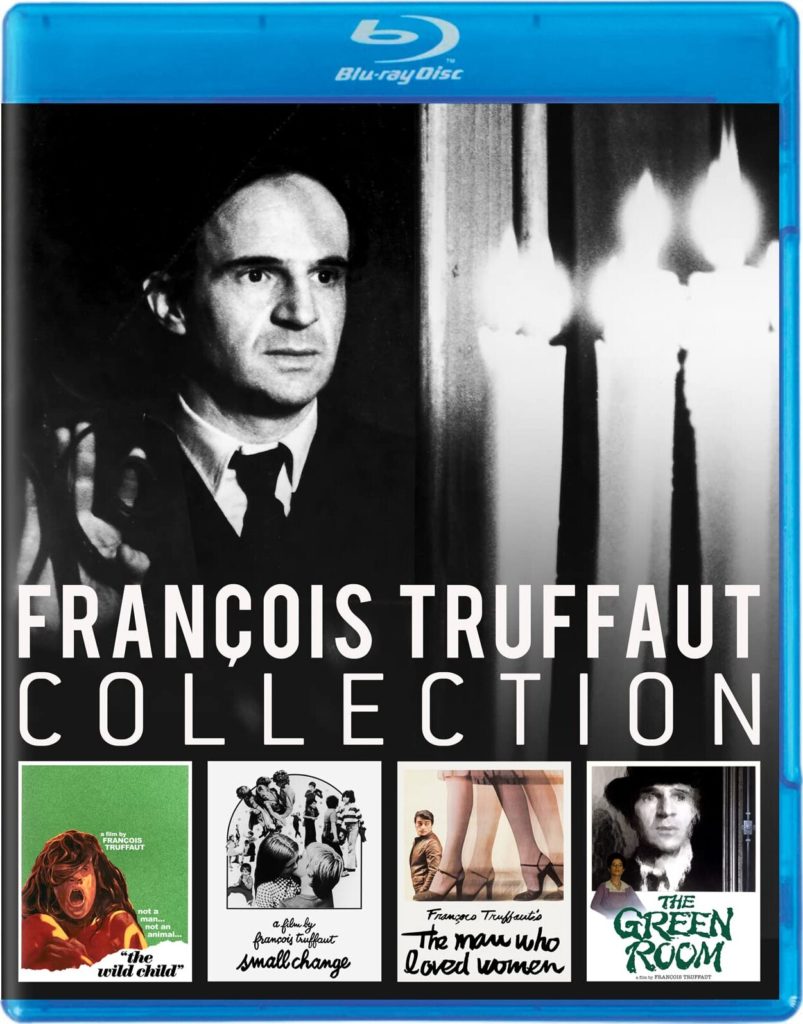
Anyone even lightly familiar with François Truffaut will know his bigger titles like The 400 Blows, Jules and Jim, Day For Night. His early films, along with works by other critic-directors in the French New Wave, upended how a movie could be made, how personal those movies could be, and how self-aware an audience would allow a movie to be. Truffaut said that a film “is like a handwritten letter. If you write by hand, it isn’t perfect. The writing may be shaky, but it is you, your writing.” This self-effacement belies the singular creative energy that forged the New Wave. For Truffaut, the initial burst in 1959 with The 400 Blows was merely the pretense for a 25-year run of masterful handwriting. And while his bigger films will always take their rightful place in conversations about his work, there are others that lend support to the argument that he never lost his unique touch. Aiding that argument, Kino Lorber provides four essential deep-cuts, all from the 1970s, in a collection that shows Truffaut being true to the New Wave mandate of personal signature.
The Wild Child (1970)
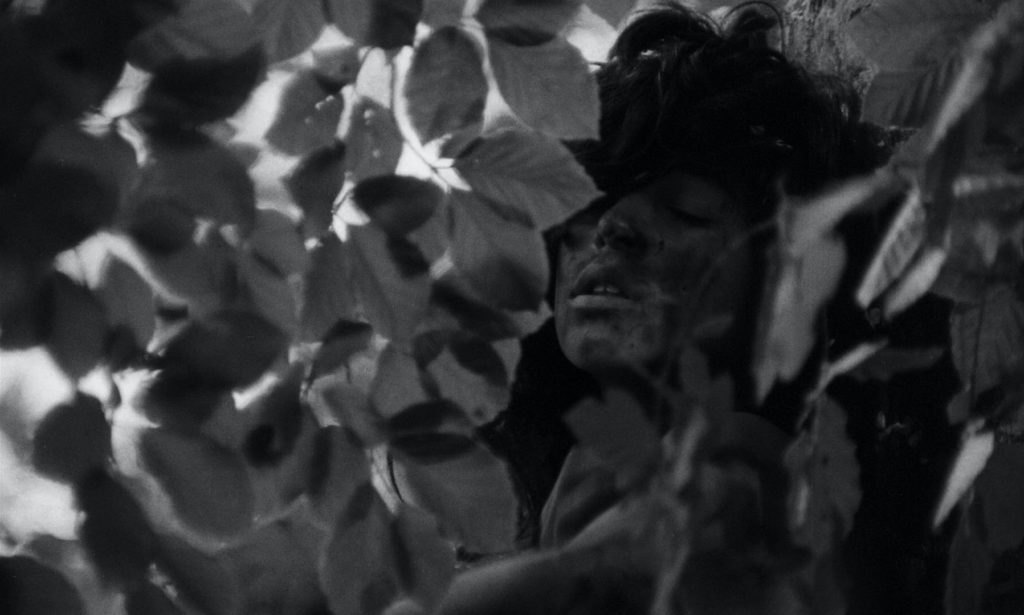
Here Truffaut is director and actor, playing the role of real-life Jean Marc Gaspard Itard, a doctor in the late 18th century who found himself in custody of the “wild boy of Aveyron”, a feral child of about 10 found in Walden mode, subsisting on vegetation in the forests of rural France. Itard’s professional, scientific curiosity drives him to help the boy to push aside his natural grubbing ways to stand among the others in the deaf school where he’s placed. The constant depiction of the other deaf boys’ treatment of the wild boy reminds us that at least he comes by his inhumanity honestly – the other children mock and prod him like a beast while some among the staff make him into a side hustle, garnering coins and toys from visiting Parisians.
The old nature-nurture argument arises between Itard and a colleague, who thinks the boy was left for dead by his parents for his clear abnormalities, whereas Itard believes he’s seen glimmers of intelligence worth coaxing into reason. To prove his colleague wrong, Itard brings the boy home, expressing a special care for the boy due to his being abandoned as illegitimate. And there’s the connection, as Truffaut himself was born to an unwed mother and passed around from relative to relative, a kind of family shame. Thus Itard becomes André Bazin, the great film critic who took young Truffaut under his wing, helping to shape the erratic malcontent and army deserter into a mature thinker, critic, and filmmaker. Itard has given the boy the space to become his born self, and his words regarding the boy could be Bazin’s regarding Truffaut: “He hears us but he doesn’t listen, just as he sees without looking. We’ll teach him to look and to listen.”
We’re introduced to the boy while he’s living in the forest, a naked animal darting, climbing, jumping, biting. Truffaut’s careful to track his movements in wide shots that connect him to the nature around him. The child actor, Jean-Pierre Cargol, is so committed he could be mistaken for the real deal. His manic flailing sells the reality even before we get tighter closeups of his grinding teeth and blinking, thousand-yard stare. He’s so convincingly animal-like that when Itard finally gives the boy a name, Victor, half way through the movie, we’re surprised we didn’t realize that hadn’t happened yet. But it’s in the specifics that we’re brought into his world – his inability to understand shoes, his fear at his own sneezes, his abandon while on carriage rides into the open countryside. Truffaut lets these moments pass by us quickly, as almost matter-of-fact, just a series of moments in the progression from wild to tame. But his natural touch for simplicity infuses these moments with genuine pathos, like the instance when the doctor notes the boy only drinks water at the window, where he can enjoy the purity of the drink while also gazing out into the countryside that was his home. It’s a quick dollop that puts us deep into the boy’s mind.
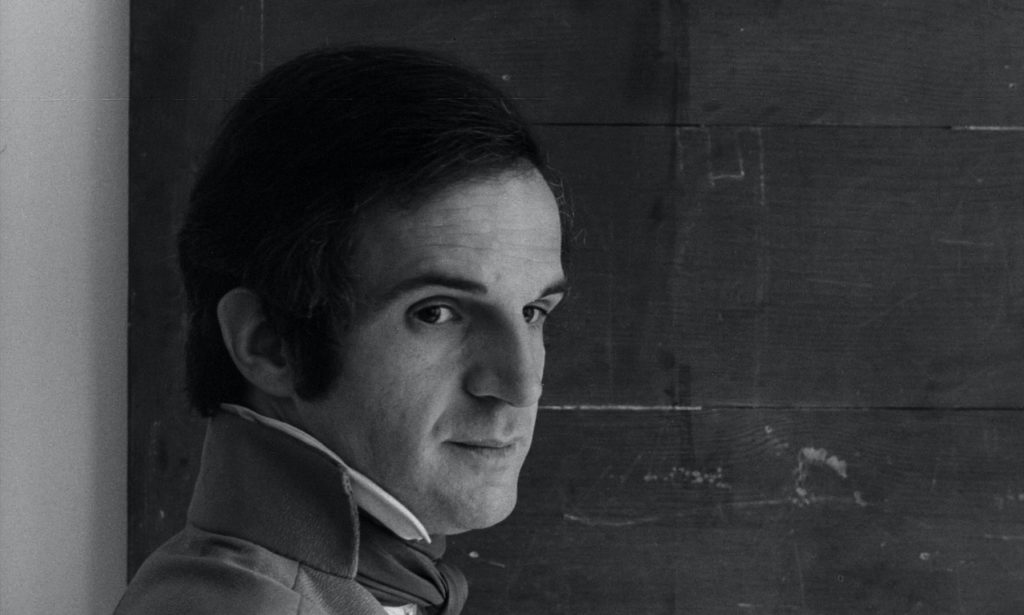
Late in the movie, Itard realizes the efforts he’s been making toward Victor’s education are for nothing if he’s made to simply sit and learn all day. It’s the continued impulse Truffaut infused into Antoine Doinel (Jean-Pierre Léaud, The 400 Blows), whose teachers could never manage the troubled boy’s need for freedom and escape. So Itard here is a sort of redemption for all those teachers who never understood the need for behavioral latitude. Itard makes their walks in nature longer and allows the boy to venture into the rain to gambol in the wonder of the falling water. The doctor has given the boy back to himself, now knowing that the only way to teach him is to let him be himself. The pity we felt for the boy at the beginning of the movie, a slave to ungoverned passions in the forest, is now replaced by a kind of envy as we watch him free and undisciplined for those later stretches in the outdoors. Finally, Itard teaches the boy justice in the harshest way, by forcing him into the punishment closet for doing the right thing. The bite the boy gives him, according to the voiceover narration, is the greatest thing Itard has felt, for he’s brought to the boy the noblest of impulses, to fight back when wronged.
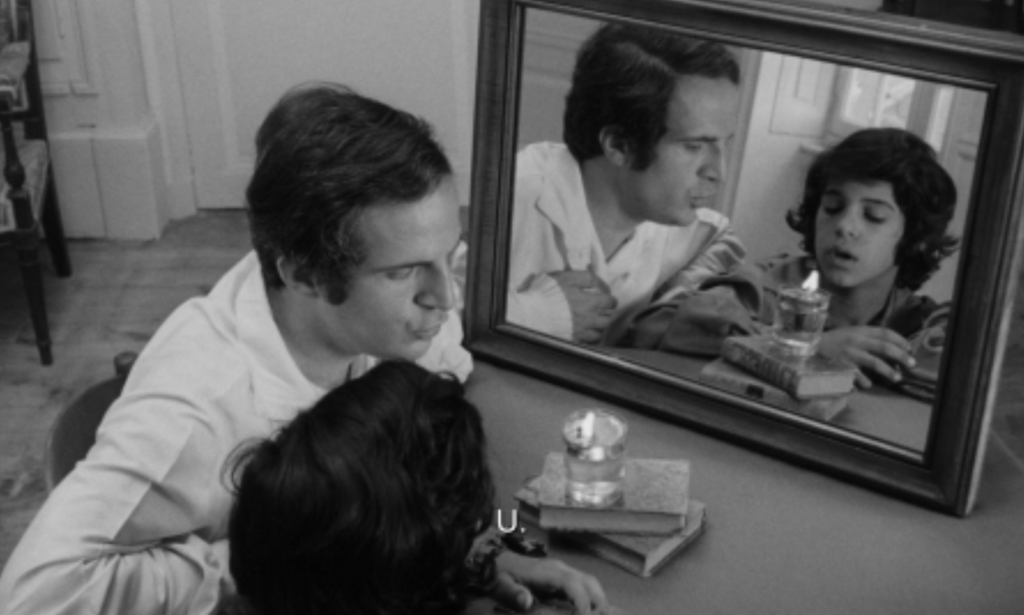
The movie ends somewhat abruptly, at this moment of justice, as if the boy’s realization that he is right to fight against his personal confinement is the final step in becoming a human. Perhaps this is Truffaut’s alignment with the student uprisings in Paris in the years before the film. But it misses what a similar film, The Miracle Worker (1962), seems to get, when it allows a final moment of Helen Keller realizing a sense of gratitude toward her teacher, Annie Sullivan. In The Wild Child we get a treatise on individuality, but we never sense that Victor has the necessary qualities of humility and gratitude. Nevertheless, the movie remains as true to the director’s penchant for stories about personal liberation while also finding love among groups.
Small Change (1976)
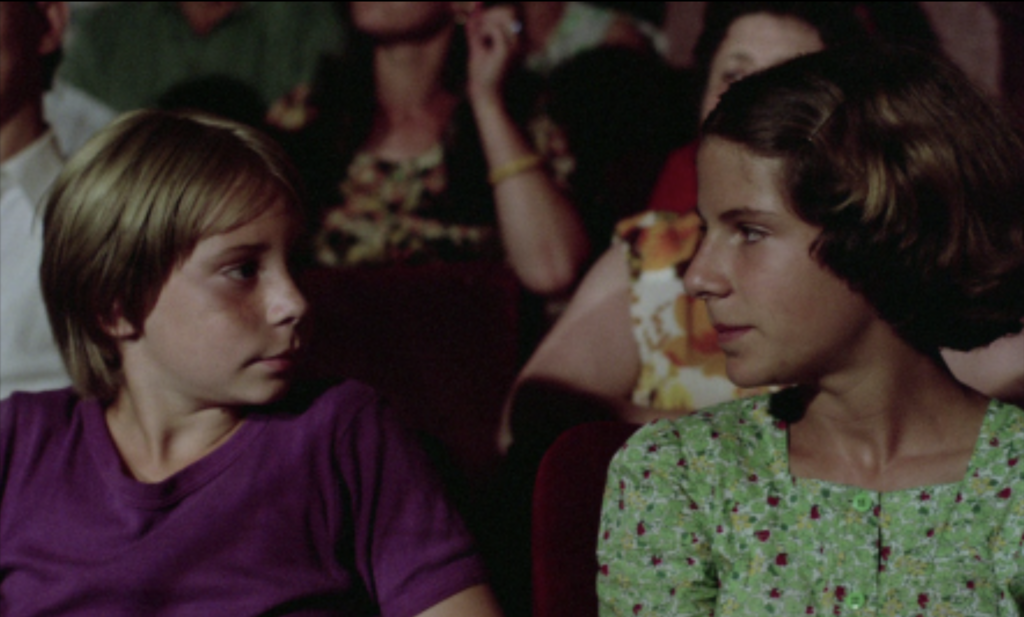
In some ways a spiritual sequel to The 400 Blows (Truffaut’s persistent baseline of genius), only refracted outward, following students of several age groups in an all-boys school withstanding the trials of boring teachers and the confines of academic structure, along with the exuberance of flooding out of school at the end of the day for adventures in the broader world. What follows after a few wispy set-ups is more like a series of vignettes than a full-fledged movie. We get short dives into the lives of certain kids, like Patrick, who has a secret lust for his friend’s mom – the boy’s gambit is to pick up his friend on the way to school just to get closer to her. Truffaut has few cinematic flourishes in the film, opting for a more documentary feel, but here he allows the boy to stare at a travel poster in the woman’s beauty shop that features a man and a woman gazing happily at each other in a sleeping compartment – the editing gives us all we need to know about what the boy’s thinking.
Truffaut employs his usual gentle touch and honest camera, somehow catching moment after moment of apparent natural action among the throng of boys, all giggling, ribbing, punching, spitting, mocking, and swearing. Through it all, he remains as unsentimental about childhood as ever, and the theme is gradually revealed as something akin to “boys will be boys”: there’s Patrick’s lust, two young boys cop gazes at a bathing woman in the window with dad’s binoculars, one boy on the playground holds rapt court with a dirty joke… But what can seem like at first glance, from our distance in years, as not much more than some kind of anthropological confection of hair styles for boys – and they are amazing – is also teased into the same 400 Blows side-focus on the struggles of the adults consigned to manage and arrange these young minds into something socially acceptable: we follow a teacher and his wife as she’s giving birth; we’re alongside a young woman on a date with a man from a personal ad; and we’re privy to the ever-present but often nameless string of parents, teachers, and nurses working valiantly to steer their lives alongside an overflow of capricious youth.
The ultimate thesis of the movie is dramatized when two-year-old Gregory, in what must be the most charming moment of infant-danger ever put to film, falls out a second story window to the ground below, but is unscathed. Adults commenting later on the moment opine that, well, children are tougher than adults, stumbling through life, but with grace, solid as a rock. The shuffling array of vignettes throughout the film bears this out like an essay on the resilience of small creatures placed in the care of generally cynical, weary, distracted adults.
Early on, the movie introduces a thread of pathos when we meet new boy, Julien, who’s obviously on the lower end of financial things. We return to him periodically, in his tattered pants and shoes, leaving school for his home on the factory side of town, climbing a ladder up to his home, suffering the swings of his angry mom and grandmother, spending much of his down time scamming the richer kids, etc. His plight is another variation on The 400 Blows, but without the inherent liberation of your typical ditched class, more like a hopeless sojourn, scrounging for lost change, alone among the surrounding fun at the amusement park. We’re meant to see the boy as pitiful, worthy of our sense of justice – but Truffaut takes his own bait and has our central teacher speechify to his other students about the lack of social safety net for such children. The speech takes up much screen time toward the end, nearly tantamount to the emotional climax of the entire movie, and lingers into sanctimony, leaving the movie feeling a bit like a polemic, trading in its light touch for a heavy hand in the last moments.
The Man Who Loved Women (1977)
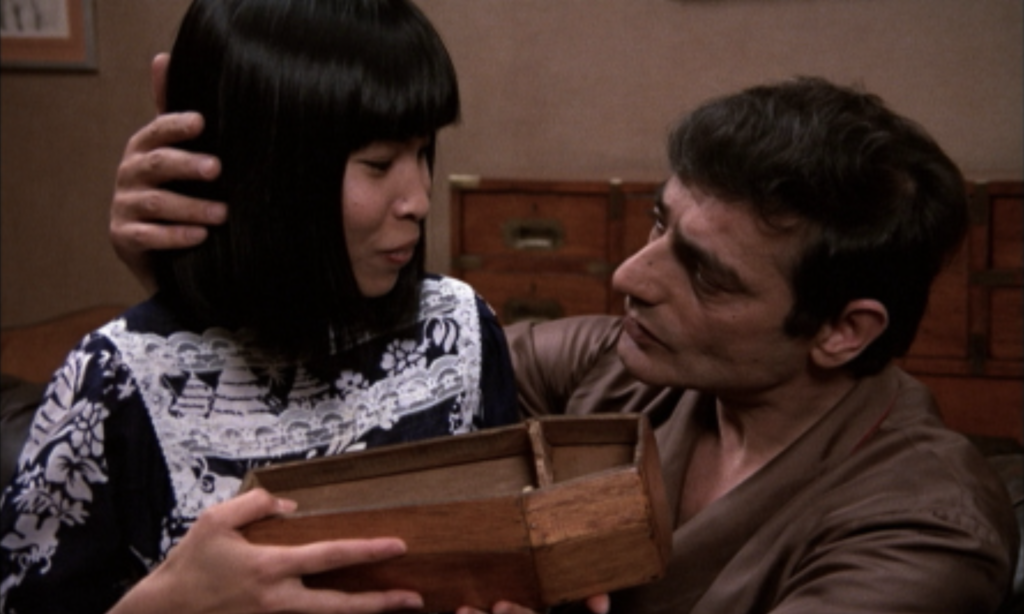
A sight that Bertrand Morane (Charles Denner) would love: his own funeral, attended by only the women who filled up his dance card his whole adult life. When the hearse arrives, the women flock behind, following in sentimental reverie, as the movie takes us back to the living Bertrand, in vignettes that clue us in to his resolve, his recklessness, his passion, and his essential aloneness. “You’ll never see Morane in the company of men after 6 PM,” says one co-worker at the aeronautics testing plant where he works for the dollars to spend on dinners and dresses for his parade of feminine delights. Denner plays Bertrand with deadpan confidence, though it comes off, as one woman tells him, like his life depended on it. And it does. Because his whole life is the current pursuit, not the future. For Bertrand, as he admits to himself in a moment of reflection, that pursuit can only be energized by the mystery of a woman who is unknown. But if his desire only rises at the prospect of another present to unwrap, then he can never even flirt with the joy of longterm companionship.
By a certain point, Truffaut’s sure but rapid-fire storytelling has us assuming any woman that crosses Bertrand’s path might be his next conquest – a department store beauty, a waitress, an usher at the movie theater – but it doesn’t excite us with the character’s sense of adventure and bravado, rather with a sense that the man who loved women might also be the man who hated himself. Denner’s countenance betrays a kind of fatigue – he’s an older man, maybe 50, with age spilling up into his face from the folds of his leather jacket and rasping out his narrated litany of love affairs with a life-long smoker’s gravel. He doesn’t naturally embody the charm and vigor that the story needs him to. A repeated image is Bertrand walking down the street, eagerly and fully glancing up and down every woman he passes, representing, surely inadvertently, the not-so-fine line between hopeless romantic and dirty old man. We’re to believe he possesses a young man’s front-heavy libido which, we’re also told, is a sure-fire lure for women – but take a step back and you’ll see the AARP envelope in his back pocket.
Mid-way through the film, Bertrand has a date with the proprietor of a women’s lingerie store that he’s frequented – he likes to ogle the mannequins – and she rejects his evening advances with the declaration that she can only love younger men. She’s his age, so the tables have been turned on him. The shock prompts him to write a book about all the women he’s loved, starting with the prostitute who took his virginity as a teenager and then the school friend who became his first casual partner. Thus we’re treated to a new wave of encounters, a metronome of observations on the fact of women’s natural attractiveness, his realization (or is it blind hope) that “they want the same thing I do”, and the relief of finding an “ugly” girl to keep him humbly at bay from “having every girl.” Truffaut’s portrait of this confirmed womanizer is played as if it’s the way it should be, from the perspective of a man in a decade that seemed to apotheosize the male ego, perhaps as a response to the rise of feminist culture, while uncaringly unaware that this way of comporting ones maleness would curdle by century’s end into cringey stereotype, if not toxicity.
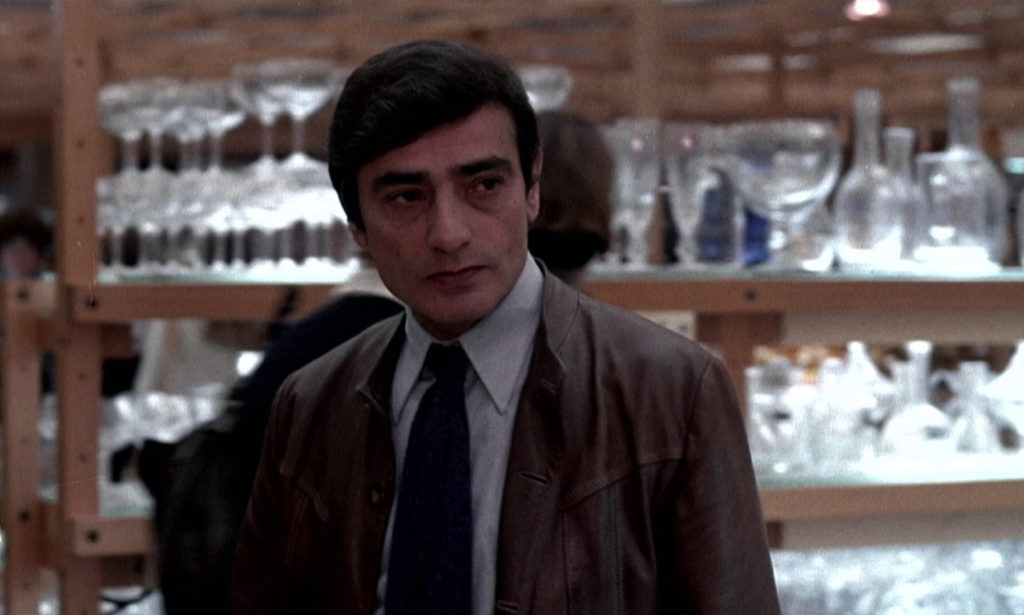
It’s hard to divine Truffaut’s intent. The sheer volume of romantic detail threatens to crash believability, like an anecdotal glut, to the point that Bertrand’s headboard-notch desires begin to resemble a pathology of desperation. Yet the movie continues to embrace him as a melancholy hero who cannot see the emptiness of the life he’s living, even congratulating himself for not bedding the woman for whom he secures a receptionist job at his office, convincing himself this is proof that a man and a woman can just be friends.
The only thing to pull us out of our doldrums of watching this often one-note, often expressionless at all biography is the detour the story takes toward a team at a publishing office describing their reactions to Bertrand’s book – he’s sent around his manuscript in between affairs – in exactly the way the audience might be responding to the movie, saying: “it doesn’t hold up psychologically”, “it’s full of contradictions”, “is he sick, a maniac…a disillusioned romantic?”, and that “it’s the story of a womanizer who’s never grown up”, etc. Truffaut is true to the postmodern, self-conscious blood of the New Wave to allow the only defender of Bertrand’s book in that circle, a woman clearly smitten by the truth inside the contradictions, to become his next conquest. She has validated him, and the movie, whether consciously grotesque or not in its love for his weakness, has defended him as full-throatedly as his new publisher-gal pal. The naming of the book as the title of the film we’re watching is the final, necessarily onanistic consummation of the man with his legendary self-regard, one that a late push toward perfunctory self-examination and a shoehorned-in tragedy can’t quite erase from our mind.
The Green Room (1978)
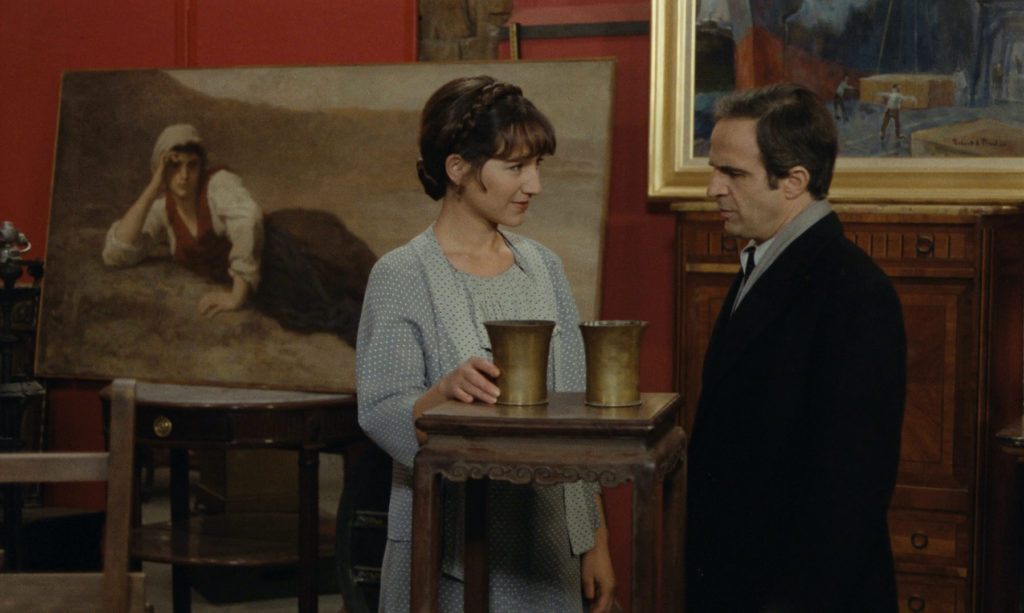
Perhaps the least accessible for the casual fan, but also the most rewarding among the four in this collection is Truffaut’s meditation on the subject of loss, grief, and acceptance, based on the Henry James short story, “The Altar of Death”. Truffaut, once again as director and actor, and as writer expanding on the simpler elements of James’s story, plays Julien Davenne, a veteran of WW1, which killed millions of people, including many of his friends on the battlefield. Heaping grief onto that, Davenne’s wife dies just after their marriage near the end of the war. Now, in the late 1920s, he is a man seemingly thick-skinned against the tragedy of death, apparently able to tuck away any bitterness by virtue of the sheer volume of death he’s experienced. With the quiet confidence of a guru, he rejects priests as “peddlers of consolation” and rejects cemeteries as “cold prisons” that “lock up the dead to get rid of them under the frozen earth.” At the boarding house where he lives, he shows a young boy some slides of animals and bugs, then unblinkingly switches to gruesome images of dead, decapitated, and otherwise mutilated soldiers from the war, as if unaware of what effect this might have on a young mind. Death is, as is the case with so many Truffaut heroes and their obsessions, matter-of-fact – a foregone conclusion that need not be feared but embraced, and certainly, in Davenne’s case, never allowed to be forgotten.
Davenne meets Cécelia, a secretary at the auction where he wants to bid on jewelry belonging to his dead wife’s family. Cécelia turns out to be the daughter of an old friend of his and they strike up a fond friendship. Mostly, the relationship gives Truffaut the foundation for many of the philosophical-spiritual conversations he wants to wrestle with, especially on the diametrically opposed subject of whether the dead should ever be “replaced” in our lives. Davenne says, “In this cruel, pitiless world, I want to have the right not to forget.” To “not forget”, he’s set up a shrine to his dead wife in his home, remains at the small-town newspaper where he’s been employed since the war rather than go to Paris because he feels he owes it to the patrons, alive and dead, who’ve given their time to his work here, and has refused to allow himself to enjoy the better things in life out of deference to the dead. Cécelia, not as outspoken or eloquent as Davenne, simply says it is necessary to forget. She declares, “Our past does not belong to us.”
When a fire breaks out at his home and his wife’s shrine is destroyed, it sparks a new quest, to set up a dedicated space to remember not just her, but anyone who’s had an effect on his life. He self-finances the restoration of a chapel that had been destroyed by the war and never repaired and sets up a candle for each of the dead, a “forest of flames” to illuminate the forgotten and to bring new, dancing life to their memory. Cécelia slowly accepts the shrine as one she can visit, and even care for, until she sees that one name has been omitted from the roster of the dead, a man who we learn was her great love, even as he was the man who most hurt Davenne. That disparity is the crux of the film’s second half, and is the eventual engine for the redemption of Davenne’s isolation.
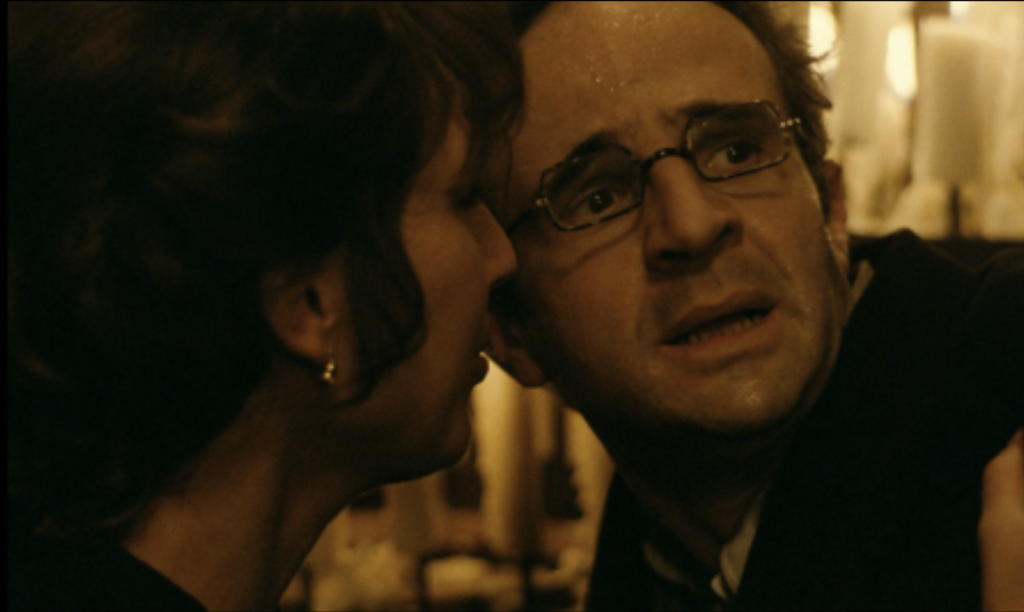
The movie was a flop in its time, though revered by critics immediately. Perhaps the audience reacted to a film by a man so known for works that bubbled with life suddenly being so mired and dripping in the fact of death for most of its running time. It doesn’t help that Truffaut himself, a man even more famous and recognized after his prominent appearance in the life-affirming road show that is Close Encounters of the Third Kind the previous year, was at the center of all of these morbid scenes. In any case the movie is an alluring dip into the darker side of Truffaut’s art, and a worthy candle in the forest of flames that is his body of work.
* * * * * *
Without overtly presenting it as such, Kino Lorber’s collection of films is a fascinating set of double-takes on two of Truffaut’s prominent themes: childhood and death. The first disc holds the first two titles, The Wild Child and Small Change, each recreating a semblance of perspective on the process of educating the young. Both feature beleaguered but earnest adults in the company of clearly needy kids. But where The Wild Child evokes an old-school structure toward that education, mostly necessary due to the extremity of the need, Small Change is nearly bereft of any actual scenes of teaching, unless it is in the guise of a rangy, some might say neutered sense of social connection (that long-winded speech at the end). Truffaut ties both films together by stressing the importance of loving patience, thus fusing the two into his overall perspective on the healing power of love.
The second disc includes both The Man Who Loved Women, even with all the demerits asserted above still a focused dissection of the mark one man has made on many upon his death, and The Green Room, a morose but beautiful picture of one man’s re-entry into life after finally giving up those who died before him. The films are flip-sides of the same theme of mourning and remembrance and the search for love – and the lengths we go to deny it in ourselves. Bertrand is confronted by one of his many lovers, who calls him out on his devout solitude and his refusal to actually be loved – he claims he loves his solitude, even needs it. Meanwhile, as if crossing the barrier between the two films, Davenne’s boss tells a concerned Cécelia that Davenne “is a man like any other. He needs to love and be loved. If he claims to love solitude, he’s lying to himself.” Also in both films we see the overwhelming need to connect with the past. Bertrand has an obsessive fixation on preserving all of his loves into a single volume for mass consumption, a solipsistic effort at self-immortalization, whereas Davenne’s obsession, somehow more overt and yet more isolating, is for a single shrine to encapsulate the spirits of anyone who ever meant anything to him, but for he alone to be invigorated by. His is a more abstract and yet a more comprehensive effort, even more so as his motivation expands across the film’s ninety-five minutes from a relatively simple desire to remember his wife, to a broad and engulfing need to memorialize anyone and everyone affected by the deaths of the Great War.
Kino Lorber’s collection is bare bones, save for the slate of trailers on each disc, which is an unfortunate state of affairs for such a rich selection from one of our greatest filmmakers. As “lesser” titles in the Truffaut oeuvre, and acknowledging the specific ways these films talk to each other, commentaries or interviews would seem de rigueur. Even so, to confront the four as is, with their superior filmmaking, subdued performances, often ebullient self-reflexivity, and often brutal observations on life and death, they are indispensable. And as only four of the ten Truffaut made in the ‘70s alone, they are just the start.

